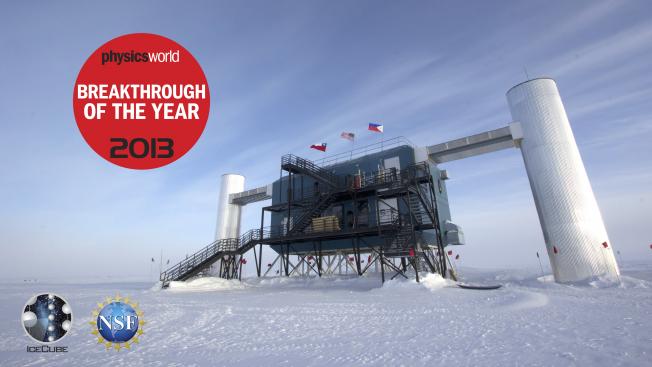Cosmic ray signatures of massive relic particles
ArXiv hep-ph/0005256 (2000)
Abstract:
The possibility that the Fermi scale is the only fundamental energy scale of Nature is under serious consideration at present, yet cosmic rays may already have provided direct evidence of new physics at a much higher scale. The recent detection of very high energy particles with no plausible astrophysical sources suggests that these originate from the slow decays of massive particles clustered in the halo of our Galaxy. Such particles had in fact been predicted to exist beforehand with mass and lifetime in the range required to explain the observations. I discuss recent work focussing on experimental tests of this speculative but exciting idea.The Standard Big Bang Cosmology
Chapter in Large Scale Structure Formation, Springer Nature 247 (2000) 37-96



